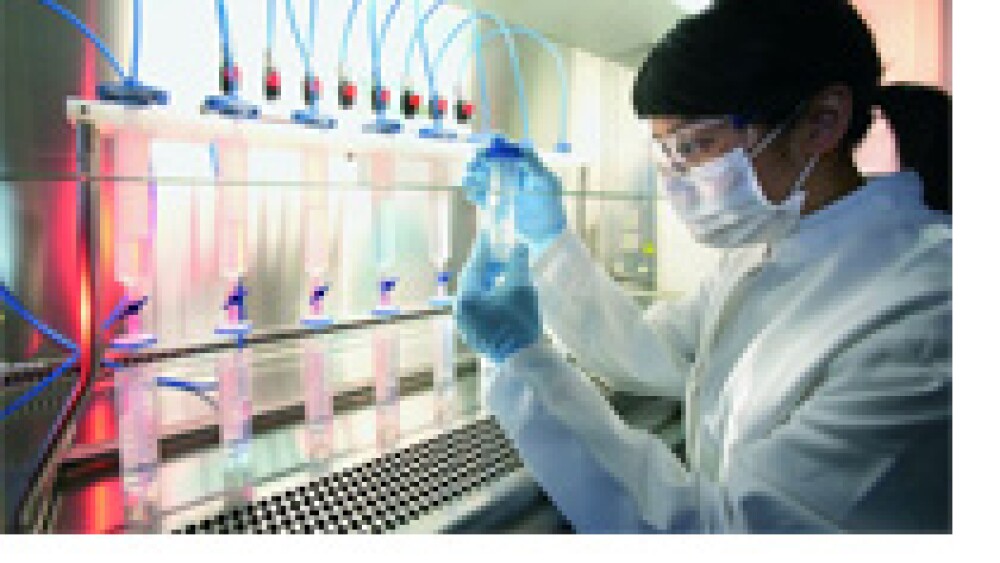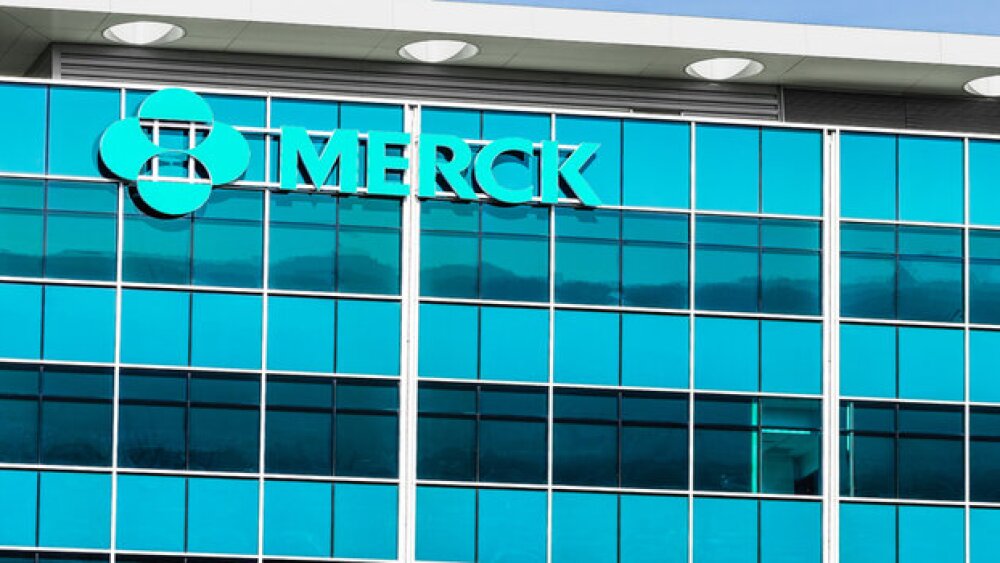March 19, 2015
By Riley McDermid, BioSpace.com Breaking News Sr. Editor
This is the second in a two-part interview that BioSpace conducted with Elaine Herrmann Blais, a lawyer who specializes in biotechnology law and the issue surrounding it. Blais, a partner at Goodwin Procter, is particularly interested in the legal issues surrounding biosimilars, as Big Pharma braces for the effects of a recent decision by the U.S. Food and Drug Administration (FDA) to allow Novartis AG to start making the nation’s first biosimilar drug. We talked with Blais about what she sees becoming the biggest issue for the biotech world’s new biosimilar paradigm.
Question 3: Can you talk a little bit about the impact of case law and a review of pending legislation?
One recent case is Amgen v. Sandoz, Inc., which was filed on October 24, 2014 and is currently pending before the District Court for the Northern District of California. This case crystallizes the uncertainty about the BPCIA Patent Dance provisions, and will decide the issue of whether the exchange of information is mandatory, or whether biosimilar applicants will get to choose the level of certainty they want regarding patent infringement issues before they launch their products. Amgen has filed a complaint in the district court to compel Sandoz to comply with the Patent Dance provisions, and has also filed a Citizen Petition with the FDA requesting the same.
Depending on which way the case is decided, patent infringement litigation concerning biosimilars may be broad and lengthy, or narrowed and expedited by the Patent Dance. Due to the importance of the issue, we should expect an appeal of the district court’s decision regardless of how it comes down, at which point the case will go before the Federal Circuit Court of Appeals. Since the issues presented are primarily non-fact-based questions of statutory interpretation, the District Court’s opinion will likely issue sometime in the next six months.
Amgen may also pursue a legislative remedy. This would add to other pending and proposed legislation affecting the biosimilars market. The Dormant Therapies Act, for example, is a bill (proposed by Senators Orrin Hatch and Michael Bennet) that could add a significant period of exclusivity for “dormant therapies”— a “new” designation of medicine that would apply to any medicine seeking approval for an indication to “address one or more unmet medical needs.” This extended period of exclusivity would likely exacerbate the already significant barriers to market entry for potential biosimilar product developers.
There are also important legislative developments on the state front. State laws govern whether pharmacists are permitted to substitute interchangeable biosimilars for brand-name prescriptions without first consulting prescribing physicians, so state “substitution laws” are required for a product’s “interchangeability” status to mean anything in practice. Since 2013, at least 23 states have considered substitution laws, and eight states have actually enacted such laws. Common provisions among these enacted laws include a requirement of FDA certification of interchangeability status before a pharmacist may substitute the biosimilar drug, the possibility for a prescribing physician to prohibit substitution, a requirement that pharmacists notify prescribing physicians and patients of any substitution, record-keeping requirements for substitution and requirements for the state Board of Pharmacy to maintain a list of interchangeable biosimilar products.
Question 4: What are the main intellectual property challenges facing companies developing biologics or biosimilars in today’s market?
Maximizing patent protection is one of the main challenges. Patents must cover highly similar products to exclude biosimilar products, and must also cover structural variants of the biologic to exclude “biobetter” products. “Biobetter” products are not defined under the BPCIA; they are biologic products that are based on an originator molecule, but that do not run on the biosimilar pathway because they include modifications specifically aimed at enhancing one or more characteristics of the originator molecule. Because they do not rely on the biosimilar pathway, the 12-year exclusivity period for reference products does not apply against biobetters, so biologic developers must rely solely on patent protection to hold off competition from biobetter products.
As part of their patent protection strategies, biologic product developers should pay critical attention to possible late-expiring patents. Given the lengthy timeline for developing and obtaining approval for a biologic product, most patents filed in the early discovery and development stages would likely expire within the BPCIA’s 12-year exclusivity period. To hold off biosimilar products, biologic developers would need to rely instead on patents expiring after the 12-year period—i.e. patents filed later in the development and approval process, such as patents for dosing regimens, final formulations, manufacturing methods, sequence variants, and other patents that may not be filed until the later stages of product development and testing.
Additionally, patent claims must use careful language to satisfy certain strictures articulated in recent case law. In AbbVie Deutschland GmbH & Co. v. Janssen Biotech Inc. , 759 F. 3d 1285 (Fed. Cir. 2014), the Federal Circuit held that when a patent claims a genus using functional language to define a desired result, the specification must disclose either “a representative number of species falling within the scope of the genus,” or “structural features common to the members of the genus so that one of skill in the art can ‘visualize or recognize’ the members of the genus.” AbbVie , at 22. This holding presents a particular challenge for biologics, because their structural diversity may make it difficult to claim a genus using functional language that would satisfy AbbVie.
BioSpace Temperature Poll
After Amgen Inc. said last week that it will close its South San Francisco facility acquired during its $10 billion buyout of Onyx Pharmaceuticals and will lay off 300 of Oynx’s 750 workers, BioSpace is wondering—will the number of mergers and acquisitions completed in 2014 mean a “streamlining” of biotech jobs in the Bay Area? Tell us your thoughts.





